Through technological innovation and precise control, high-precision film slitting machines can significantly reduce burrs and dimensional errors, thereby improving the quality of film products. Here are its key technologies and benefits:
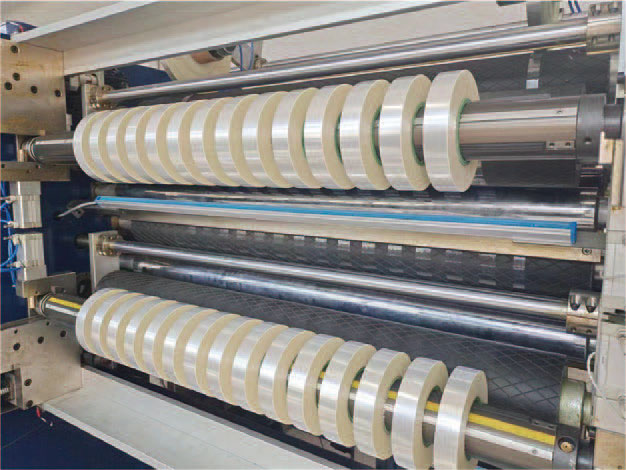
1. Core technology of high-precision slitting
• Precision Tool System:
◦ Uses carbide or diamond-coated blades with dynamic balancing technology to ensure smooth and burr-free cutting edges.
◦ Adjustable pressure system for circular/straight knives to adapt to different film materials (such as PET, BOPP, PE) to avoid material extrusion deformation.
• Intelligent tension control:
◦ Closed-loop tension control system (such as magnetic particle brake + tension sensor) adjusts the unwinding and rewinding tension in real time to reduce film stretching or wrinkling, and avoid retraction or deformation after slitting.
• Guiding System (EPC):
◦ Photoelectric or ultrasonic sensors monitor the position of the film edge and automatically adjust the lateral offset (accuracy ± 0.1mm) to ensure consistent slitting width.
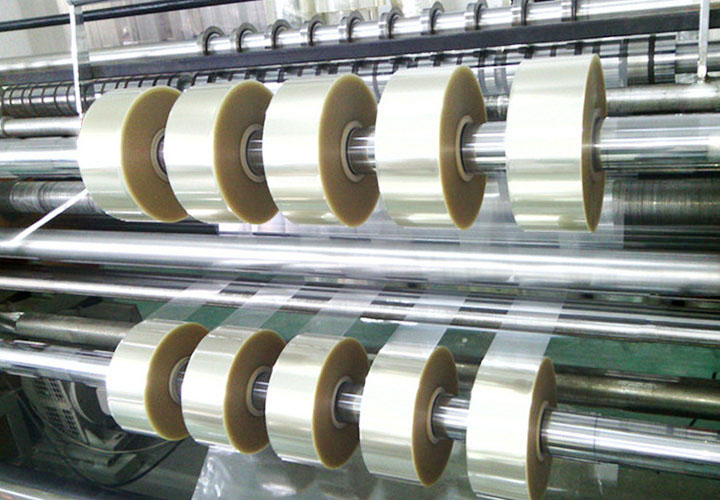
2. Critical design to eliminate errors
• Servo drive and motion control:
◦ High-resolution servo motor (such as 0.001mm positioning accuracy) with motion controller to achieve precise control of slitting length (error ± within 0.05mm).
◦ Synchronously controls multi-axis motion to avoid the "serpentine belt" problem caused by speed fluctuations.
• Online Detection and Feedback:
◦ Laser wider or CCD camera monitors the slitting width and edge quality in real time, and the data is fed back to the control system to automatically correct the parameters.
• Environmental stability:
◦ Thermostatic workshop and anti-vibration base reduce the impact of temperature fluctuations and mechanical vibrations on slitting accuracy.
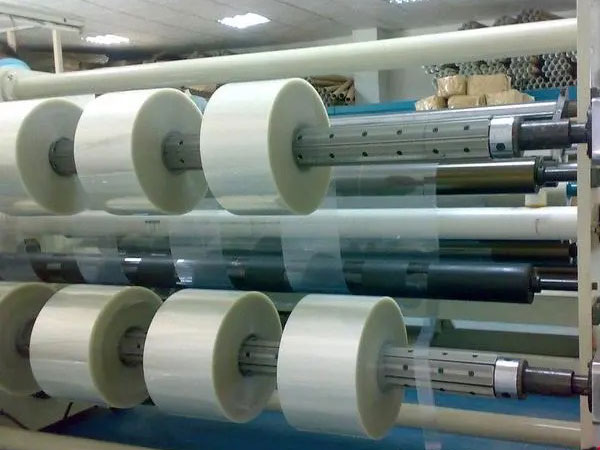
3. The direct effect of improving product quality
• Reduced burrs:
The optimization of blade sharpness and cutting angle can control the burr height to ≤10μm (about 50μm for conventional equipment) to meet the high requirements of optical film, electronic packaging film and other high-demand scenarios.
• Reduced scrap rates:
Automatic guiding and tension control reduce the slitting scrap rate from 3% to less than 0.5%, resulting in significant savings in material costs.
• Consistency Improvement:
The end face neatness of the coil (e.g., reduced "cabbage" phenomenon) and slitting width tolerance (±0.1mm) are better than the industry standard.
4. Application scenarios and added value
• High value-added areas:
For example, lithium battery separators, flexible circuit substrates, etc., require extremely high slitting accuracy (such as burrs will cause battery short circuits).
• Intelligent Expansion:
Combine AI algorithms to predict blade wear and automatically replace them, or optimize slitting parameters (e.g., speed, pressure) with big data.
summary
The high-precision film slitting machine solves the burr and error problems of traditional slitting from the root through the trinity of "precision machinery + intelligent control + real-time monitoring", especially suitable for high-end film manufacturing. In the future, with the application of nanoscale cutting technology and adaptive algorithms, the accuracy and efficiency will be further improved.
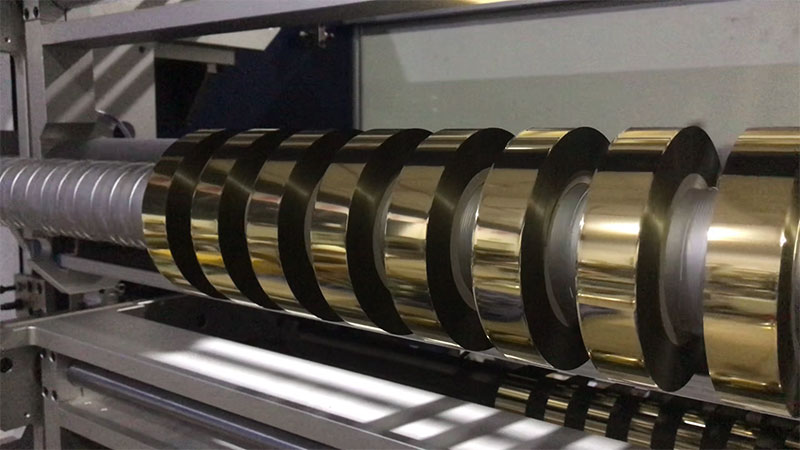 Say goodbye to slitting defects: hot stamping foil loss control solutions based on reliability
Say goodbye to slitting defects: hot stamping foil loss control solutions based on reliability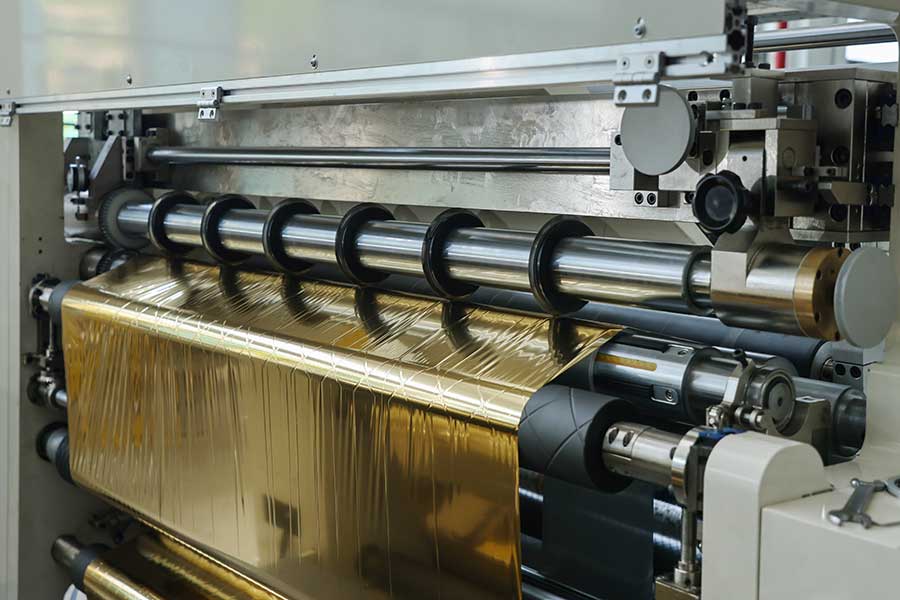 Precision is Profit: How High-Precision Slitting Rewinders Minimize Material Waste
Precision is Profit: How High-Precision Slitting Rewinders Minimize Material Waste High-precision slitting: On the decisive impact of hot stamping paper slitting machine on the yield of hot stamping process
High-precision slitting: On the decisive impact of hot stamping paper slitting machine on the yield of hot stamping process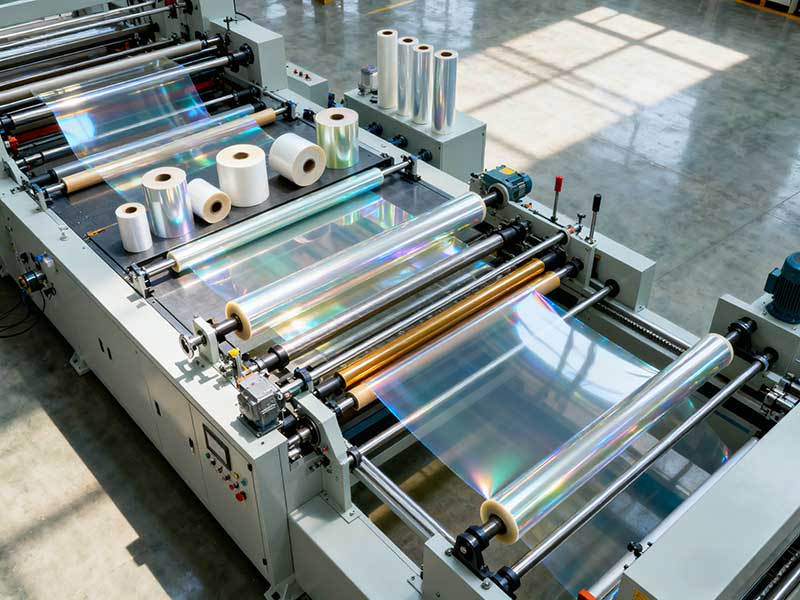 From master roll to finished product: a detailed explanation of the process flow and technological innovation of high-precision film slitting machines
From master roll to finished product: a detailed explanation of the process flow and technological innovation of high-precision film slitting machines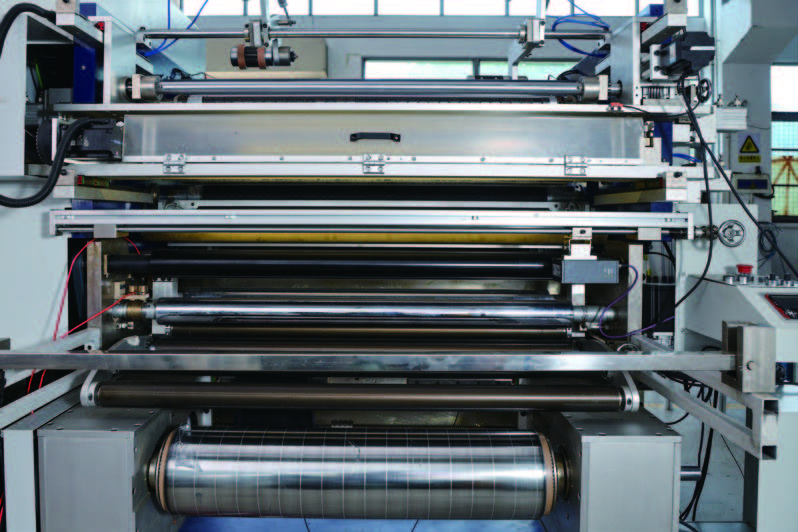 Technology drives the future: high-precision and intelligent slitting machine innovation trend report
Technology drives the future: high-precision and intelligent slitting machine innovation trend report